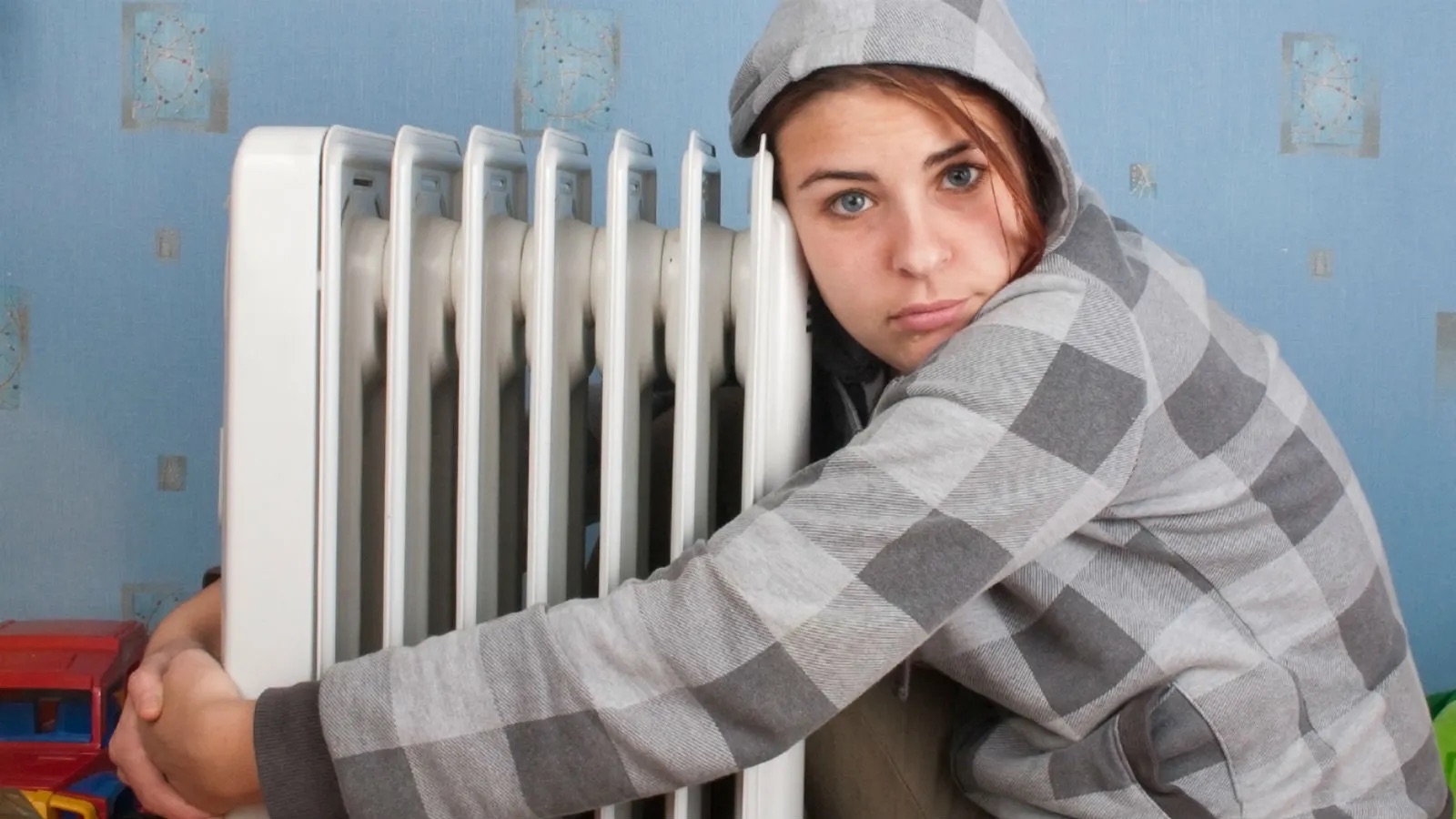

Articles
How To Heat A Room Without A Space Heater
Modified: October 20, 2024
Learn effective ways to heat a room without using a space heater. Read informative articles on alternative heating methods and stay warm all winter.
(Many of the links in this article redirect to a specific reviewed product. Your purchase of these products through affiliate links helps to generate commission for Storables.com, at no extra cost. Learn more)
Introduction
As the temperature drops and the winter chill sets in, finding ways to keep your home warm becomes a top priority. While space heaters are a popular choice, they can be costly to run and pose a potential fire hazard. Luckily, there are alternative methods to heat a room without relying solely on a space heater.
In this article, we will explore various techniques and strategies to effectively warm your space while keeping energy consumption and costs down. From simple insulation techniques to utilizing natural heat sources, we will provide practical and eco-friendly solutions for heating your room during the colder months.
So if you’re looking for ways to stay warm without reaching for the space heater, read on to discover the tips and tricks that will help you create a cozy and comfortable environment without breaking the bank.
Key Takeaways:
- Embrace natural heat sources like sunlight, body heat, and candles to warm your space without relying solely on a space heater. Maximize energy efficiency and create a cozy environment while reducing heating costs.
- Utilize insulation techniques, energy-efficient appliances, and portable heating options to effectively warm your room without a space heater. Create a comfortable and inviting atmosphere while minimizing energy consumption and maximizing safety.
Insulate the Room
One of the most effective ways to heat a room without a space heater is to insulate it properly. Insulation helps to trap heat inside a room and prevent cold drafts from entering. Here are some insulation techniques to consider:
- Seal any gaps or cracks in windows, doors, and walls using weather stripping or caulking. These small openings can let in cold air and allow heat to escape.
- Add insulation to walls and ceilings. Insulation materials such as fiberglass, foam panels, or cellulose insulation can be installed to provide an extra layer of thermal resistance.
- Use draft stoppers or door snakes to block cold air from seeping under doors. These can be made from fabric and filled with sand or rice.
- Apply window film or thermal curtains to windows. These help to insulate the glass and prevent heat loss.
By insulating your room properly, you can significantly reduce heat loss and keep the cold at bay. This not only helps to keep your room warm, but also reduces the need for additional heating methods.
Use Natural Heat Sources
Harnessing natural heat sources can be a great way to warm up your room without relying on a space heater. Here are a few natural heat sources to consider:
- Sunlight: Make the most of the sun’s natural heat by opening up curtains or blinds during the day. Direct sunlight can help to warm up a room, especially if you have south-facing windows. Keep the curtains closed once the sun goes down to retain the heat.
- Body heat: Take advantage of your own body heat to warm up a small space. If you’re working or relaxing in one area, gather close to each other to create a warmer microclimate.
- Candles: Light some candles to provide both warmth and ambiance. Be sure to practice candle safety and never leave them unattended.
- Fireplace: If you have a fireplace, use it to heat your room. Burning wood can provide a cozy and rustic warmth. Ensure your fireplace is clean and well-maintained for optimal safety and efficiency.
By utilizing these natural heat sources, you can reduce your reliance on traditional heating methods and enjoy the warmth and comfort they provide.
Utilize Sunlight
One of the simplest and most energy-efficient ways to heat a room is by using sunlight. Sunlight is a natural source of heat and can significantly warm up your space. Here are some tips to maximize the use of sunlight:
- Open your curtains or blinds during the day to allow sunlight to enter your room. South-facing windows provide the most direct sunlight, but any window can let in some warmth.
- Remove any objects or obstacles that may block sunlight from entering your room. Keep windows clean to maximize sunlight penetration.
- Consider using reflective blinds or shades to bounce sunlight into the room. These specialized window coverings help to redirect sunlight deeper into your space.
- Place light-colored furniture or reflective surfaces near windows to reflect and amplify the sunlight’s heat.
- Utilize solar heating panels or solar air heaters. These systems harness the sun’s energy and convert it into heat, which can be distributed throughout your room.
It’s important to note that while sunlight can effectively heat a room, it’s dependent on weather conditions and the positioning of your windows. Additionally, ensure that you close your curtains or blinds once the sun goes down to retain the warmth inside.
By capitalizing on the power of sunlight, you can enjoy a natural and cost-effective way to warm up your space during the daytime hours.
Use Energy-Efficient Heating Appliances
If you prefer a more traditional heating method, there are energy-efficient appliances available that can help heat your room effectively without consuming excessive energy. Here are some options to consider:
- Electric space heaters: Look for energy-efficient models that have adjustable thermostats and programmable timers. These features allow you to regulate the temperature and usage, saving energy when the room doesn’t need as much heat.
- Infrared heaters: Infrared heaters emit heat through electromagnetic radiation, which directly warms objects and people in the room rather than just the air. This makes them more energy-efficient and effective at providing targeted warmth.
- Heat pumps: Heat pumps are a fuel-efficient option that transfers heat from one location to another. They extract heat from the outdoor air or ground and then distribute it indoors. Heat pumps are most effective in moderate climates.
- Electric radiators: Electric radiators use electricity to generate and distribute heat throughout a room. Look for models with energy-saving features, such as thermostatic controls and timers, to optimize energy usage.
- Smart thermostats: Invest in a programmable or smart thermostat that allows you to set different temperatures for different periods of the day. These thermostats can learn your habits and preferences, making heating more efficient and cost-effective.
When using these appliances, always follow the manufacturer’s instructions and safety guidelines. Additionally, consider positioning the heater strategically to maximize heat distribution and avoid placing it near flammable objects.
By choosing energy-efficient heating appliances, you can keep your room warm while minimizing energy consumption and reducing your carbon footprint.
Read more: Where To Place A Space Heater In A Room
Employ Electric Blankets or Heated Mattress Pads
An effective and cozy way to warm up your room without using a space heater is to employ electric blankets or heated mattress pads. These devices can provide targeted warmth and help keep you comfortable during the colder months. Here’s how you can make the best use of them:
- Electric blankets: Place an electric blanket on your bed or wrap it around you while lounging on the couch. Electric blankets typically have adjustable heat settings, allowing you to find your desired level of warmth. Be sure to follow the manufacturer’s instructions and safety guidelines while using electric blankets.
- Heated mattress pads: Consider using a heated mattress pad as an alternative to an electric blanket. These pads are placed directly on top of your mattress and provide gentle, consistent warmth throughout the night. Many heated mattress pads also come with dual controls, allowing different heat settings for each side of the bed.
- Timer function: Some electric blankets and heated mattress pads come with a timer function that automatically turns off after a certain period. This feature helps conserve energy and ensures you don’t fall asleep with the heat on for an extended period.
- Safety precautions: Always follow the safety guidelines provided with electric blankets and heated mattress pads. Ensure that the cords are not damaged and avoid folding or bunching up the devices while in use. It’s also important to unplug them when not in use.
Electric blankets and heated mattress pads provide localized warmth, making them energy-efficient alternatives to heating an entire room. They can help you stay comfortably warm throughout the night or while relaxing, without the need for a space heater.
Use thermal curtains to keep the heat in and the cold out. These specially designed curtains can help insulate the room and prevent heat from escaping through the windows, keeping the room warmer without the need for a space heater.
Consider Radiant Floor Heating
If you’re looking for a long-term heating solution for your room, radiant floor heating is worth considering. This heating system involves installing heating elements beneath the floor, which then radiate heat upwards. Here are some key points to consider:
- Comfortable warmth: Radiant floor heating provides a gentle and consistent heat that rises from the floor, creating a comfortable and cozy environment. It eliminates the need for heating ducts or radiators, resulting in more even heat distribution throughout the room.
- Energy efficiency: Radiant floor heating is energy-efficient because it heats objects and people directly, rather than wasting energy by warming the air. The heat is evenly distributed, reducing energy consumption and avoiding heat loss through windows or ventilation.
- Various installation options: There are different types of radiant floor heating systems available, including electric and water-based systems. Electric systems use electrical cables or mats installed under the flooring, while water-based systems use pipes to circulate warm water. Discuss with a professional to determine the best option for your room.
- Thermostat control: Radiant floor heating systems can be controlled by thermostats, allowing you to set the desired temperature and schedule. This helps you customize the heating according to your comfort level and ensures energy-efficient usage.
- Professional installation: Installing radiant floor heating requires professional expertise, as it involves proper insulation, electrical or plumbing work, and flooring modifications. Consult with an experienced technician to ensure the system is installed correctly and safely.
While the upfront cost and installation process may be higher compared to other heating methods, radiant floor heating offers long-term benefits in terms of comfort, energy efficiency, and overall value for your home.
Use Thermal Curtains
An often overlooked but highly effective way to heat a room without a space heater is by using thermal curtains. These curtains are designed with insulating properties to help keep warm air inside and block out cold drafts. Here’s why you should consider using thermal curtains:
- Insulation: Thermal curtains are made with thicker and heavier fabrics that have insulating properties. They act as a barrier, preventing heat loss through windows and reducing cold drafts from entering the room.
- Heat retention: Thermal curtains are designed to trap heat inside the room, creating a more comfortable and warm environment. By minimizing heat transfer through windows, they help to maintain the desired temperature for longer periods.
- Light control: In addition to thermal insulation, these curtains also provide excellent light control. They can block out excessive sunlight during the day, reducing the amount of heat that enters the room and minimizing the need for additional cooling methods.
- Energy savings: By effectively insulating windows and reducing heat loss, thermal curtains can help save energy and reduce heating costs. They reduce the dependency on heating appliances and contribute to a more energy-efficient home.
- Easy installation: Thermal curtains are available in a variety of styles, colors, and sizes, making it easy to find options that match your room’s decor. They can be easily installed on existing curtain rods, allowing for a quick and hassle-free setup.
When using thermal curtains, make sure to close them during the colder times of the day to maximize their insulating properties. Open them during sunny periods to allow natural sunlight to warm up the room.
By investing in thermal curtains, you can effectively reduce heat loss through windows and create a warmer and more energy-efficient space.
Implement Portable Heating Options
If you’re looking for versatile and portable heating options without relying on a space heater, consider the following alternatives:
- Electric radiant space heaters: These compact heaters use infrared technology to heat objects and people directly, similar to the sun’s warmth. Electric radiant heaters are energy-efficient and provide immediate heat.
- Oil-filled radiators: Oil-filled radiators are portable heaters that use electricity to heat oil inside. The oil retains heat and continues to radiate warmth even after the heater is turned off. They are great for heating small to medium-sized rooms.
- Portable fan heaters: Fan heaters blow warm air generated by electric elements into the room. They are lightweight, easy to move around, and provide instant heat. However, they can be a bit noisy due to the fan function.
- Portable electric fireplace: These units simulate the look and feel of a traditional fireplace without the need for any venting. Portable electric fireplaces provide both warmth and visual appeal, making them a popular choice for creating a cozy ambiance in any room.
- Ceramic space heaters: Ceramic heaters have a heating element that generates heat by passing through ceramic plates. They are energy-efficient, lightweight, and safe to use. Ceramic heaters distribute warmth evenly and quickly.
When using portable heating options, it’s essential to follow safety guidelines and use them in well-ventilated areas. Keep them away from flammable materials and ensure they are placed on a stable surface to prevent accidents.
By utilizing these portable heating options, you can easily move the heat source to different rooms based on your needs and enjoy a warm environment without relying solely on a space heater.
Read more: How To Keep A Bedroom Warm Without Heating
Use Heated Clothing or Accessories
When looking for alternative ways to heat a room without a space heater, don’t overlook the power of heated clothing and accessories. These innovative products provide direct warmth to your body, allowing you to stay comfortable in colder environments. Here are some options to consider:
- Heated jackets or vests: These clothing items feature integrated heating elements that generate warmth throughout the garment. With adjustable heat settings, heated jackets or vests provide targeted warmth to your upper body, keeping you cozy even in chilly rooms or outdoor settings.
- Heated blankets or wraps: Designed to be worn like a blanket or wrap, heated blankets or wraps provide soothing warmth to your entire body. They are often made of soft and comfortable materials, making them ideal for lounging on the couch or sitting at a desk.
- Heated gloves or mittens: Keep your hands toasty with heated gloves or mittens. These products have heating elements in the palm or throughout the entire hand. They are especially useful for those who work in cold environments or enjoy outdoor activities during the winter.
- Heated socks or insoles: Cold feet can make a room feel even colder. Heated socks or insoles are a great solution to keep your feet warm and cozy. These products often use battery-powered heating elements to provide continuous warmth and can be easily worn with regular shoes or boots.
- Heated seat cushions: If you often find yourself sitting for long periods, a heated seat cushion can provide extra warmth and comfort. These cushions can be placed on chairs or couches, and they offer adjustable heat settings to suit your preference.
Heated clothing and accessories can be a practical and convenient way to keep yourself warm without relying on room heating solutions. They offer mobility and flexibility, allowing you to remain comfortable even in colder environments.
Remember to read and follow the manufacturer’s instructions for proper usage and care of heated clothing and accessories.
Conclusion
Heating a room without a space heater is not only possible but also offers numerous benefits such as energy savings, cost-effectiveness, and increased safety. By implementing a combination of strategies, you can create a cozy and comfortable environment without relying solely on traditional heating methods.
Insulating the room properly, using natural heat sources like sunlight, and employing energy-efficient heating appliances are great starting points. Insulation keeps the heat inside and prevents cold drafts, while natural heat sources provide warmth and eco-friendly solutions.
Utilizing sunlight and implementing thermal curtains can efficiently trap heat and keep the room warm during the day. In addition, electric blankets, heated mattress pads, and radiant floor heating offer targeted warmth and long-term solutions for a cozy environment.
For portable options, consider using energy-efficient electric radiant space heaters, oil-filled radiators, or ceramic space heaters. These portable solutions provide immediate heat and are perfect for heating smaller spaces.
For individual comfort, explore heated clothing and accessories such as jackets, vests, gloves, socks, and seat cushions. These products offer targeted warmth, allowing you to stay comfortable even in colder environments.
In conclusion, harnessing a combination of insulation techniques, natural heat sources, energy-efficient appliances, and portable heating options can help you successfully heat a room without relying solely on a space heater. By implementing these strategies, you can create a warm and inviting atmosphere while reducing energy consumption and maintaining a cozy living space.
Remember to always prioritize safety, follow manufacturer instructions, and consult professionals when necessary to ensure proper installation and usage of heating alternatives.
Frequently Asked Questions about How To Heat A Room Without A Space Heater
Was this page helpful?
At Storables.com, we guarantee accurate and reliable information. Our content, validated by Expert Board Contributors, is crafted following stringent Editorial Policies. We're committed to providing you with well-researched, expert-backed insights for all your informational needs.
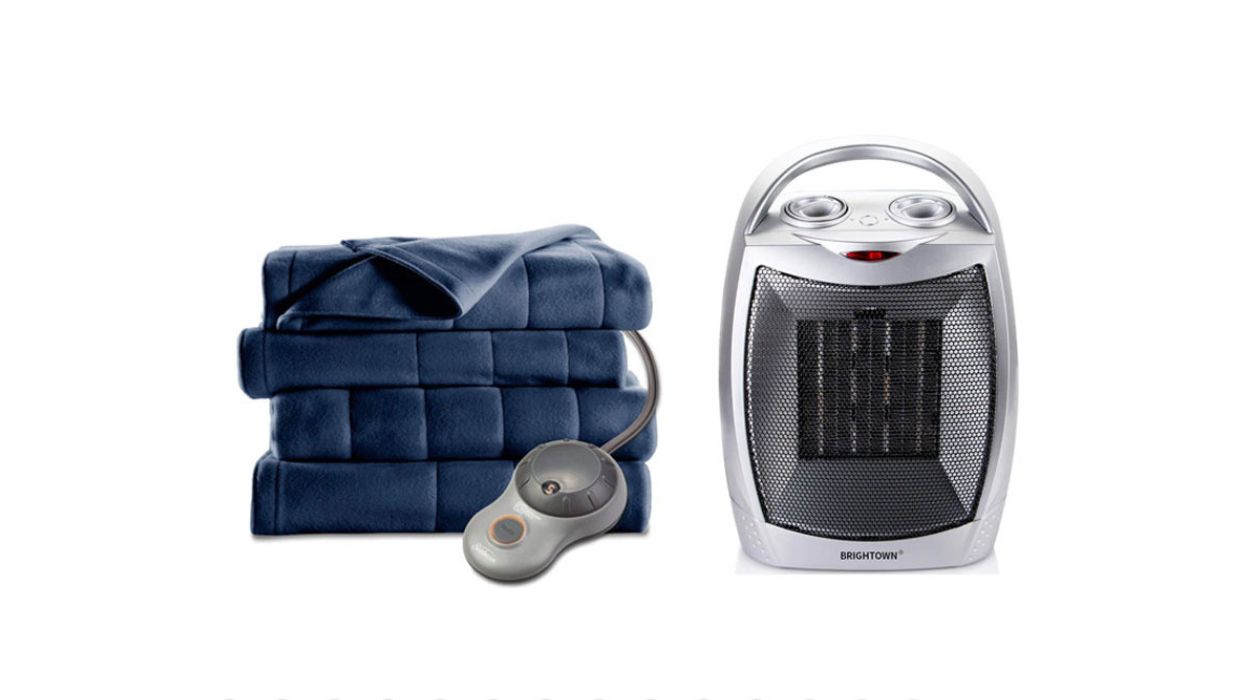
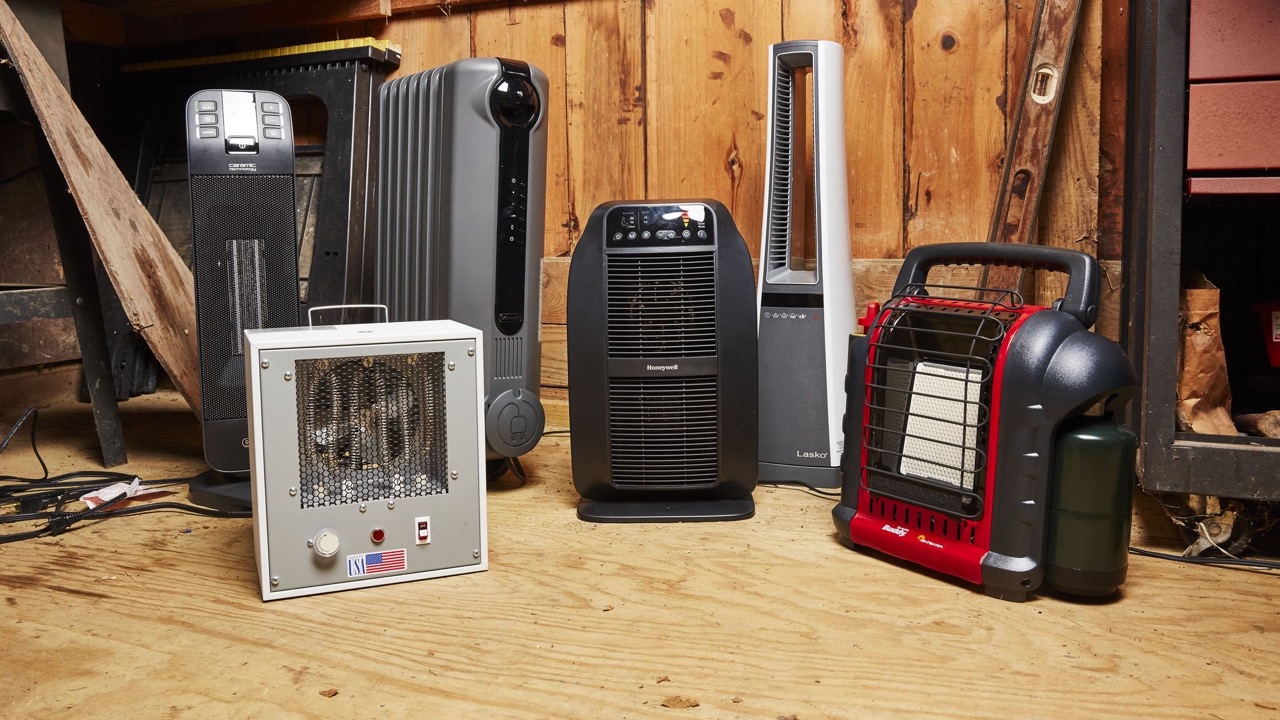
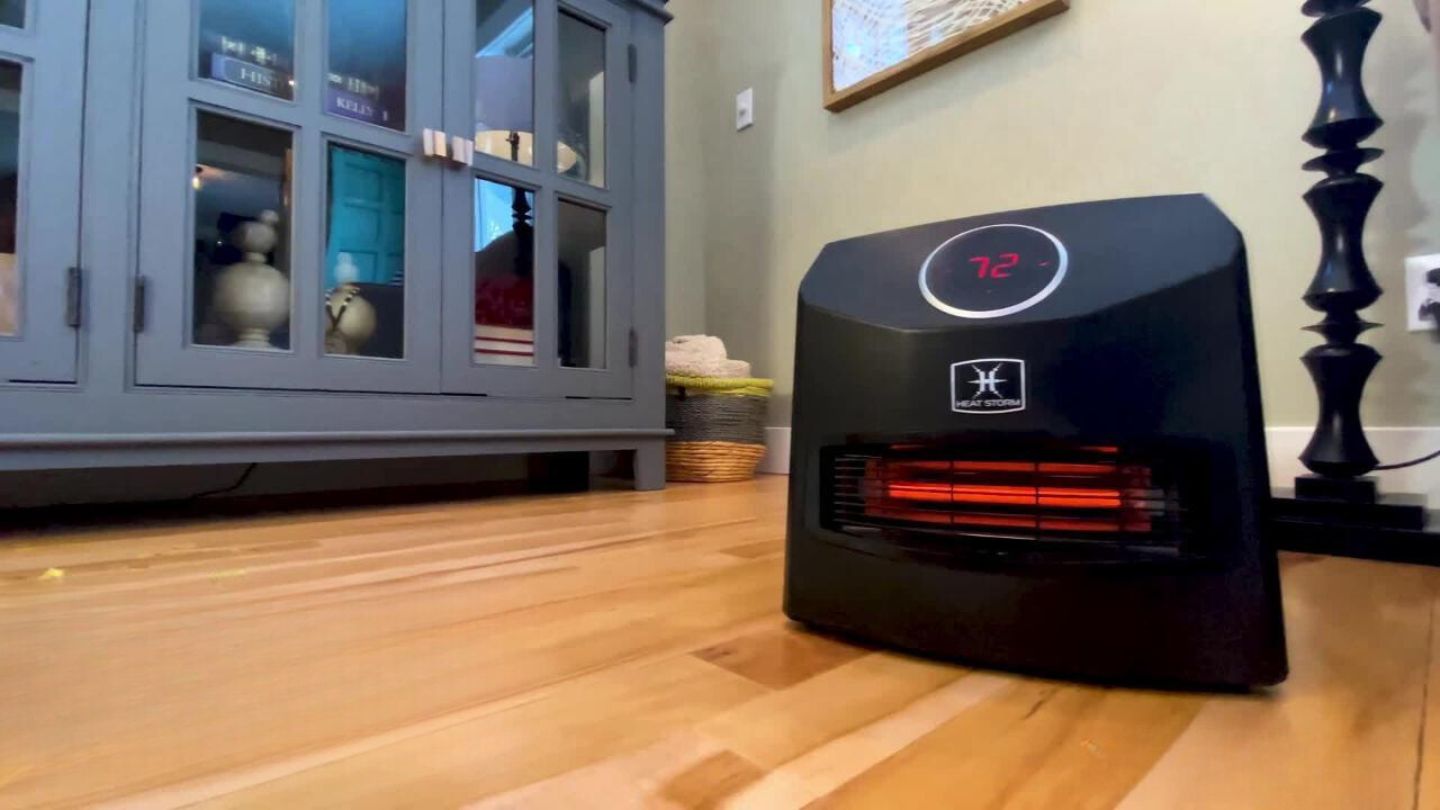
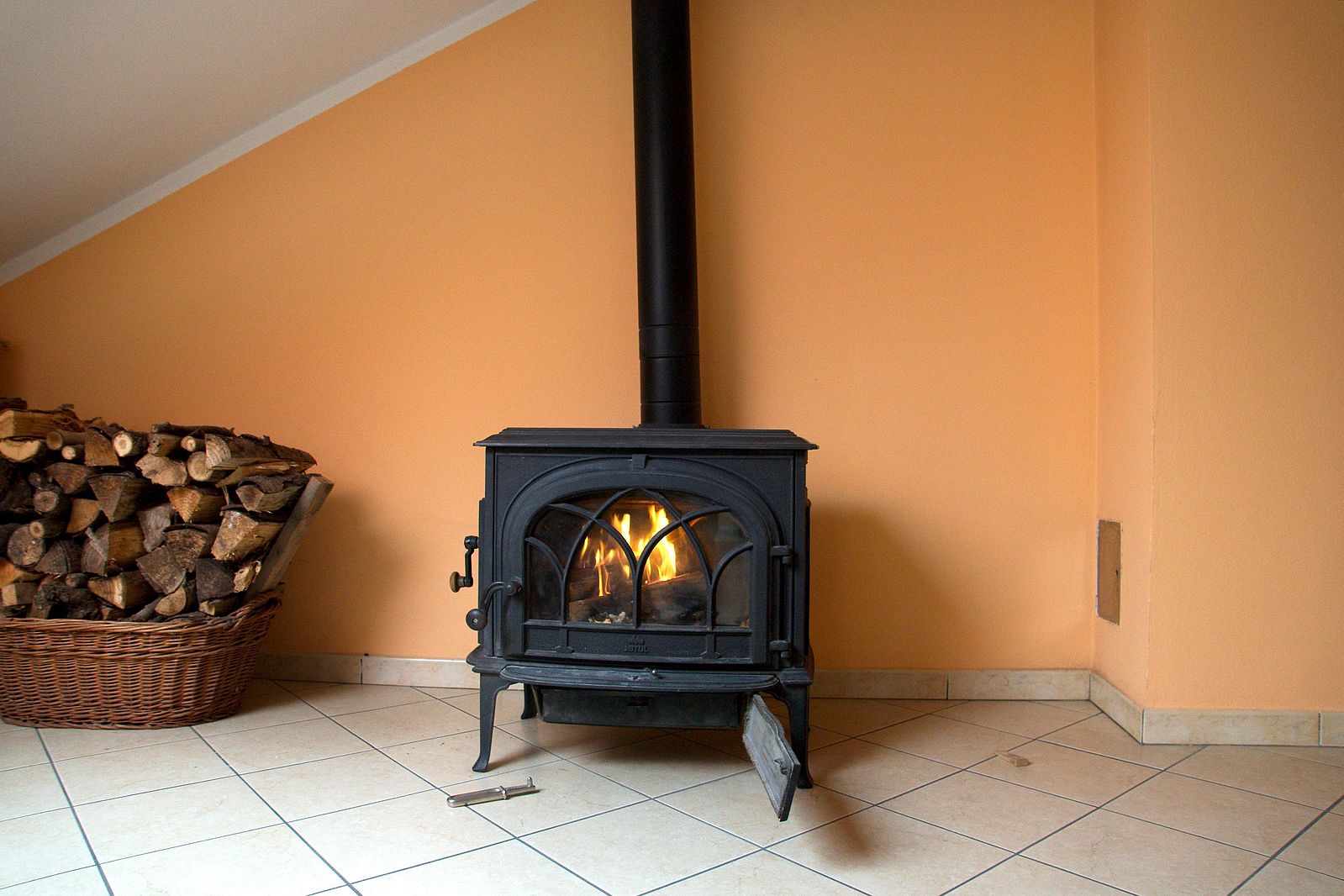
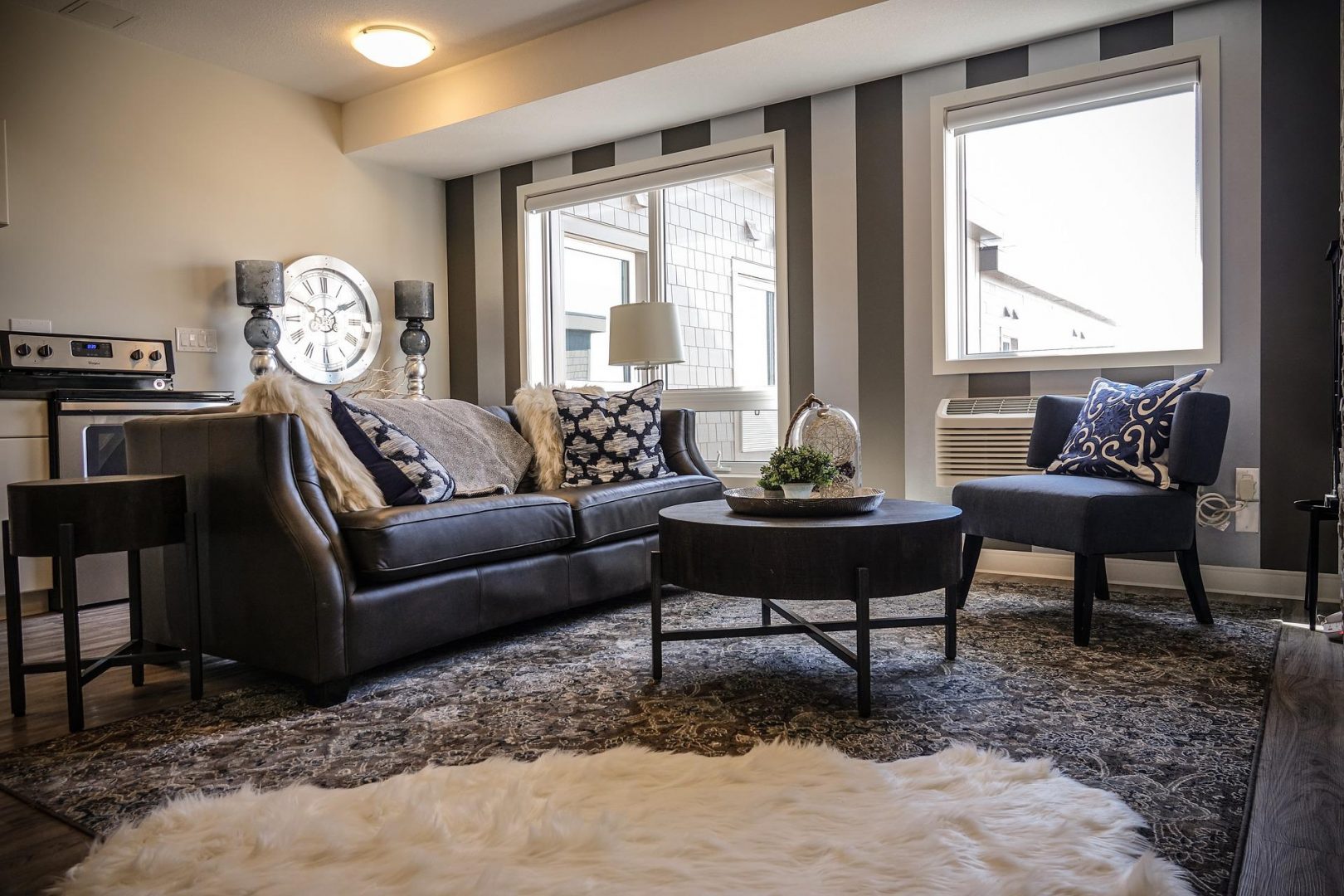
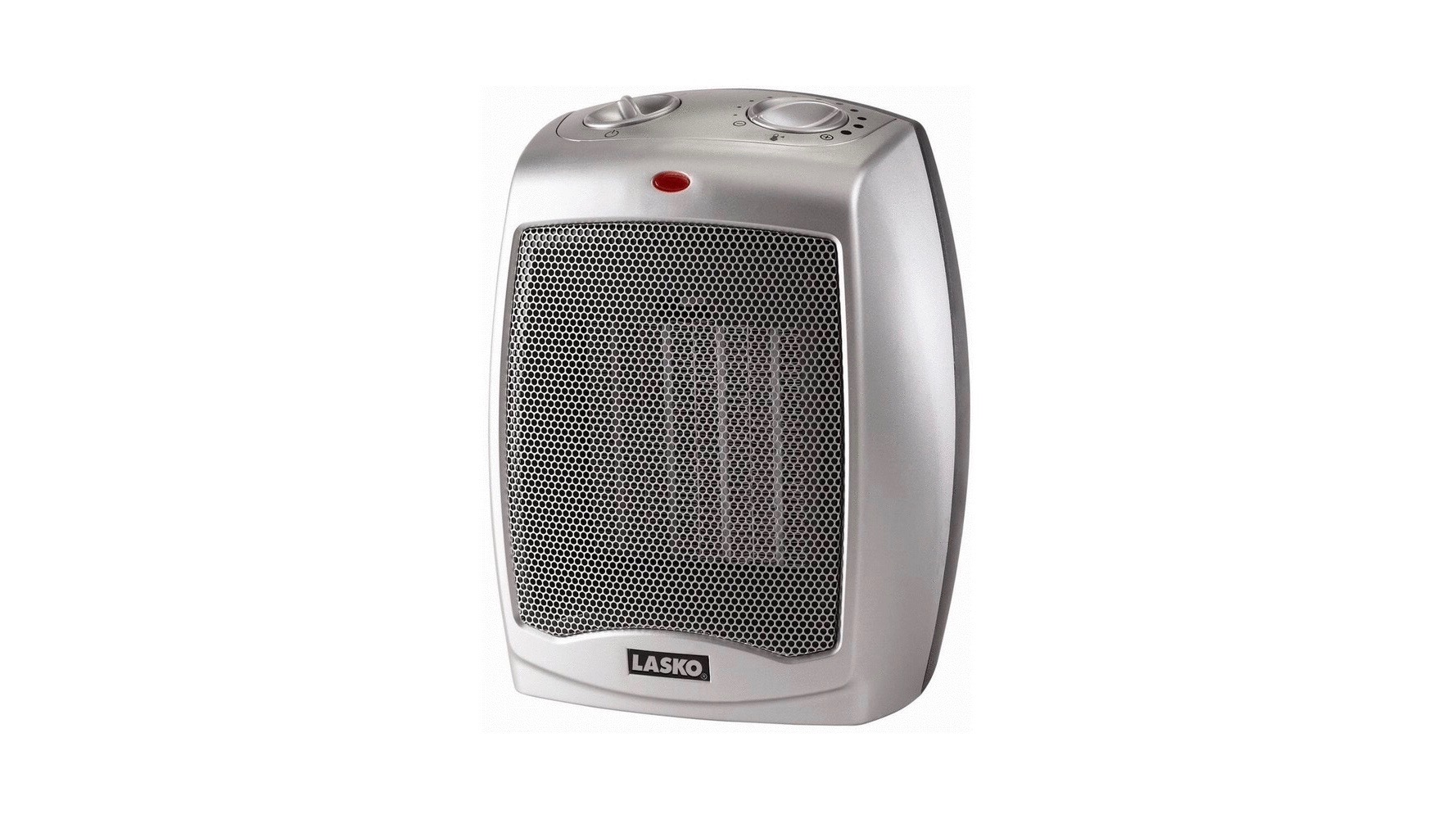

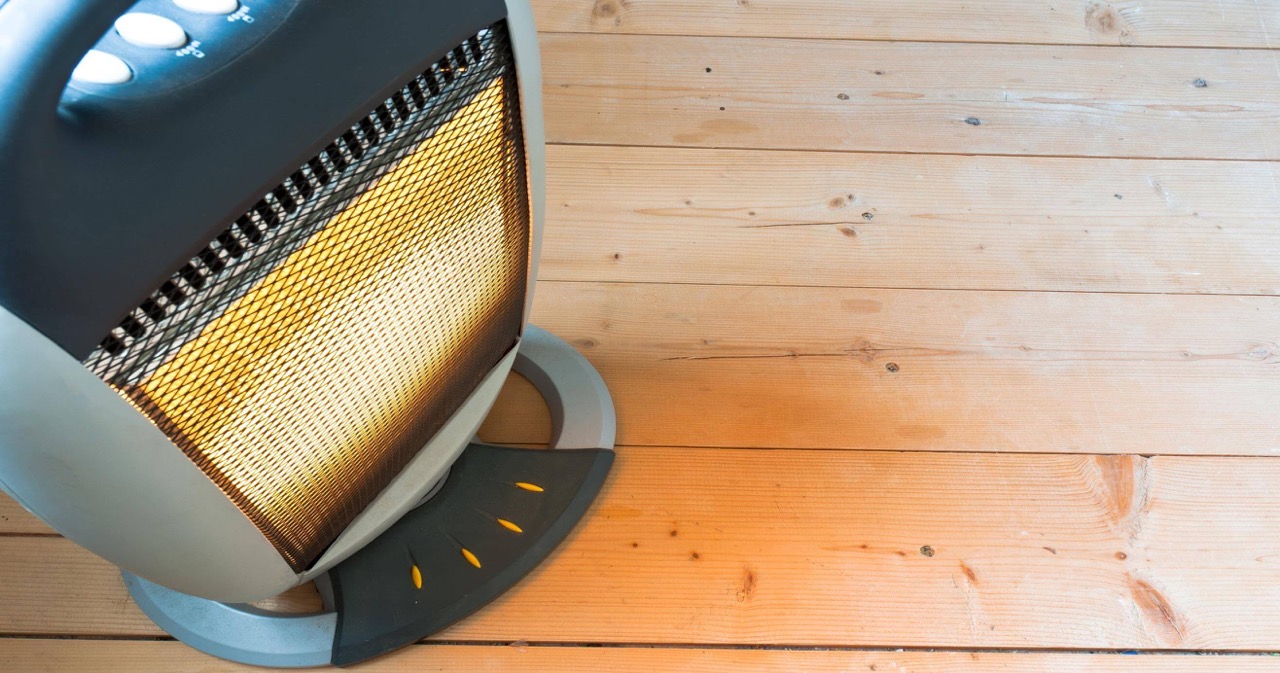
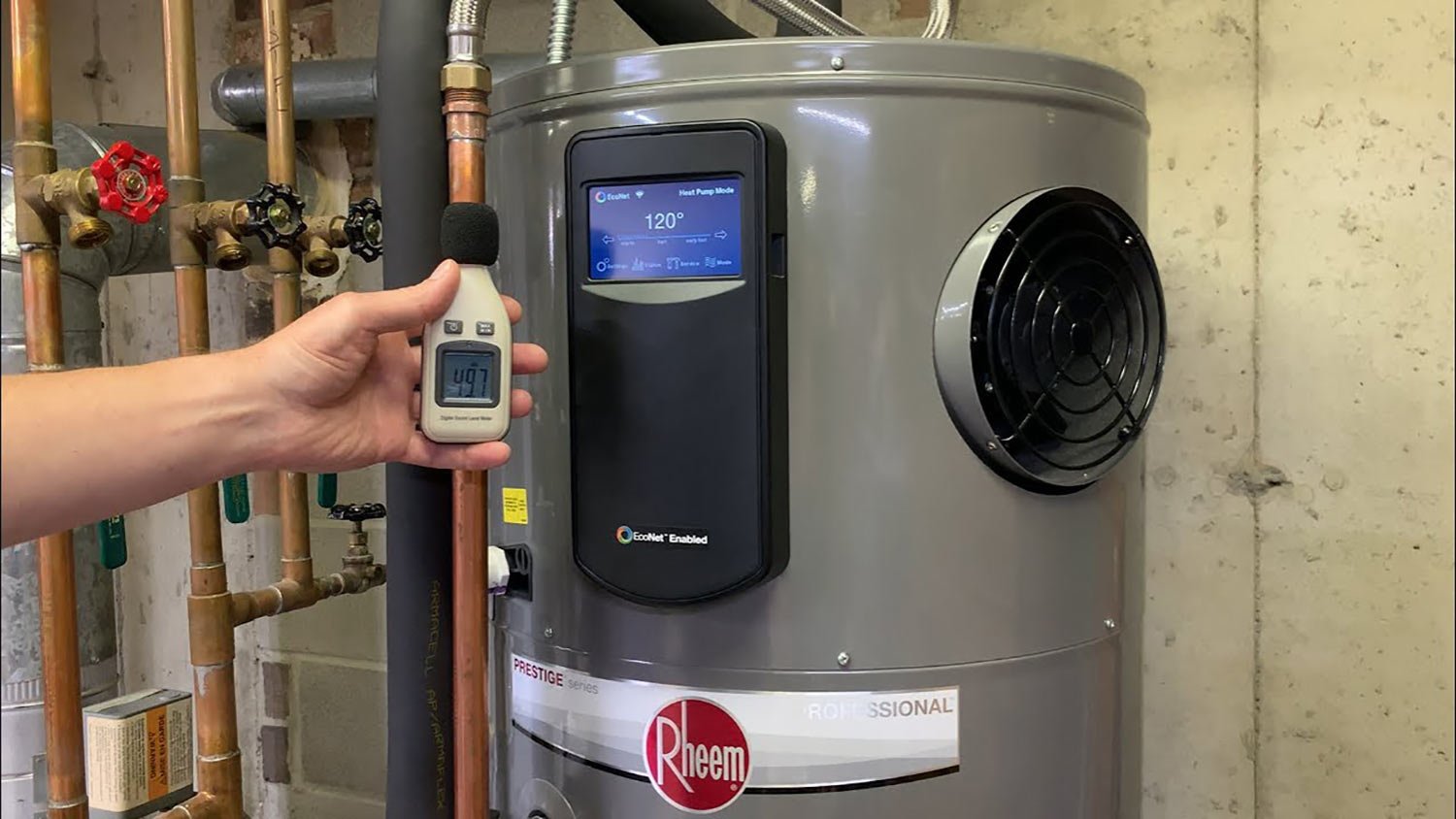
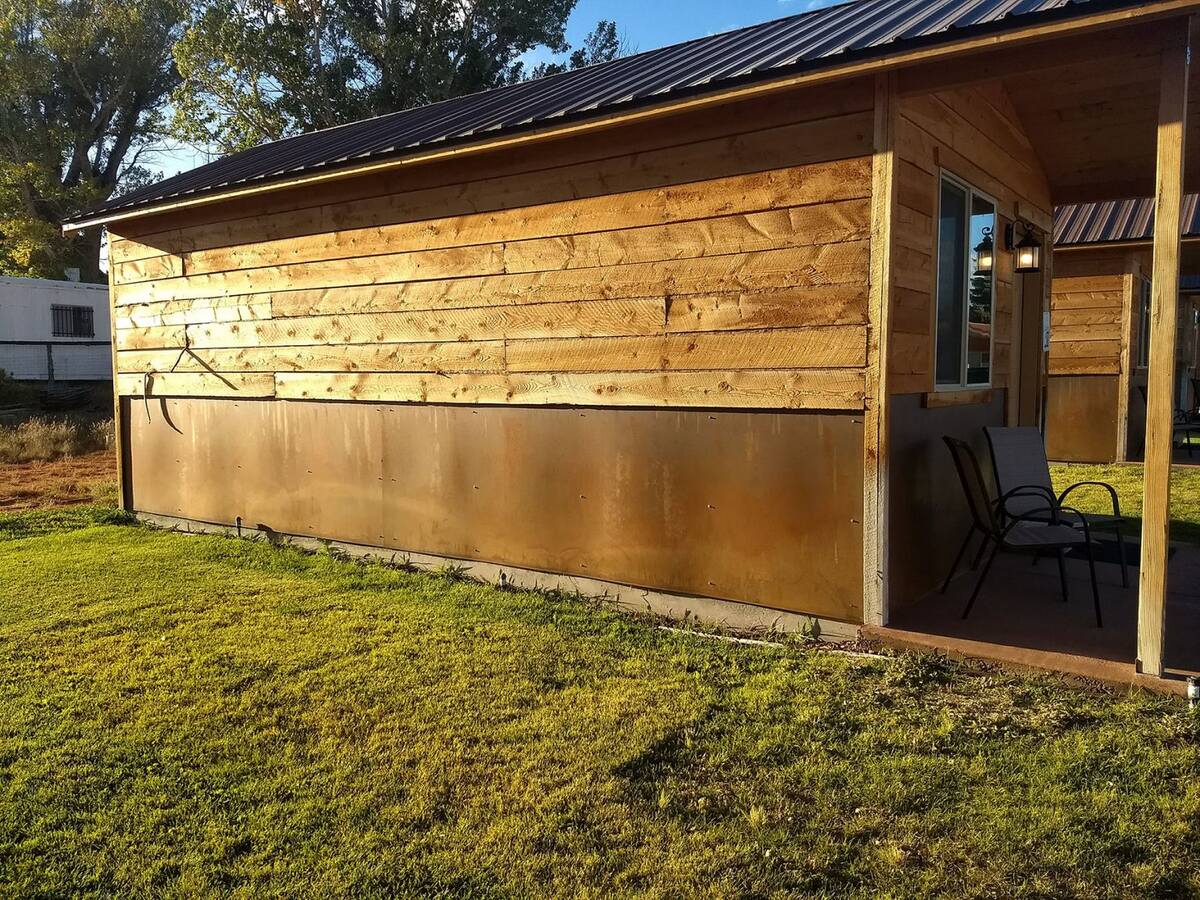
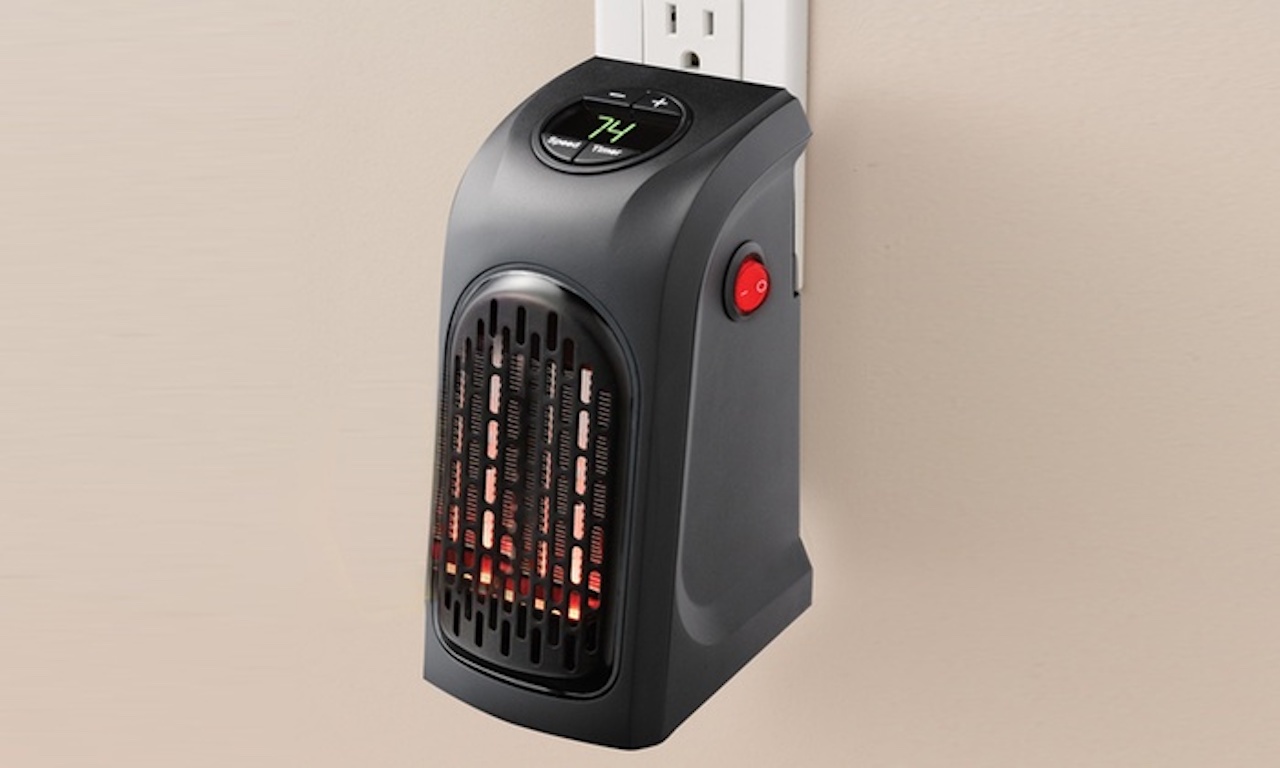
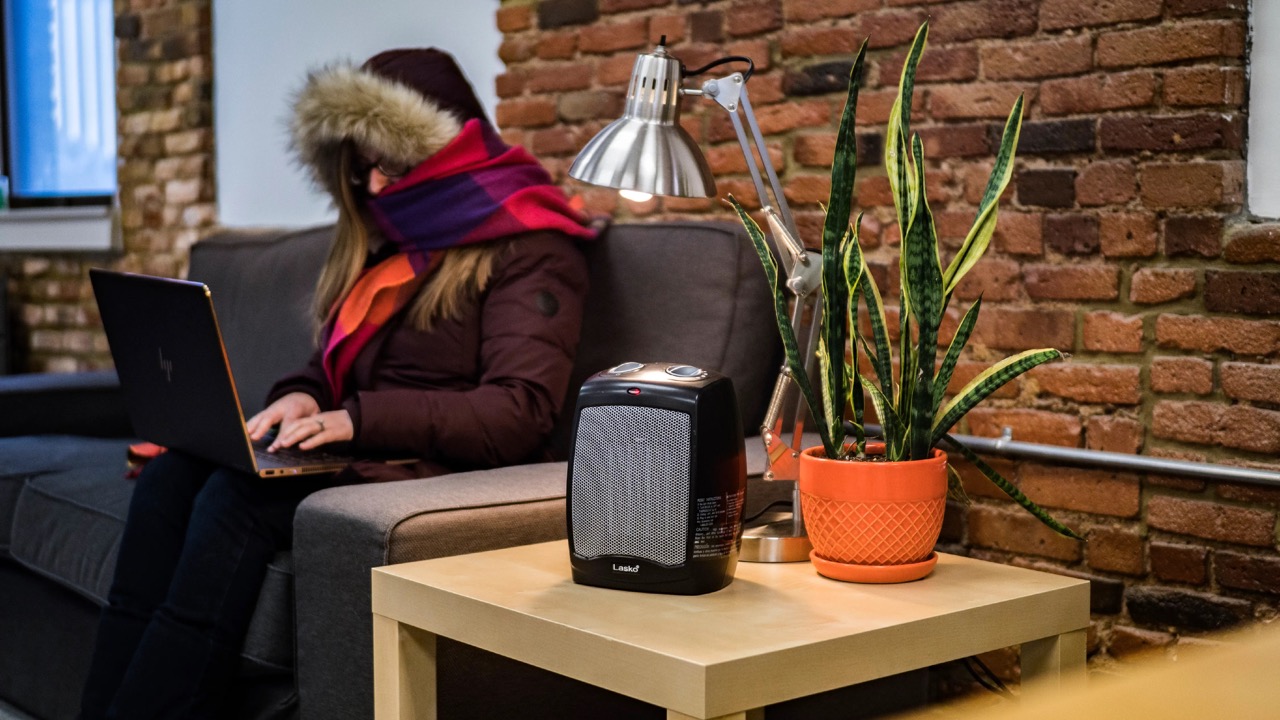
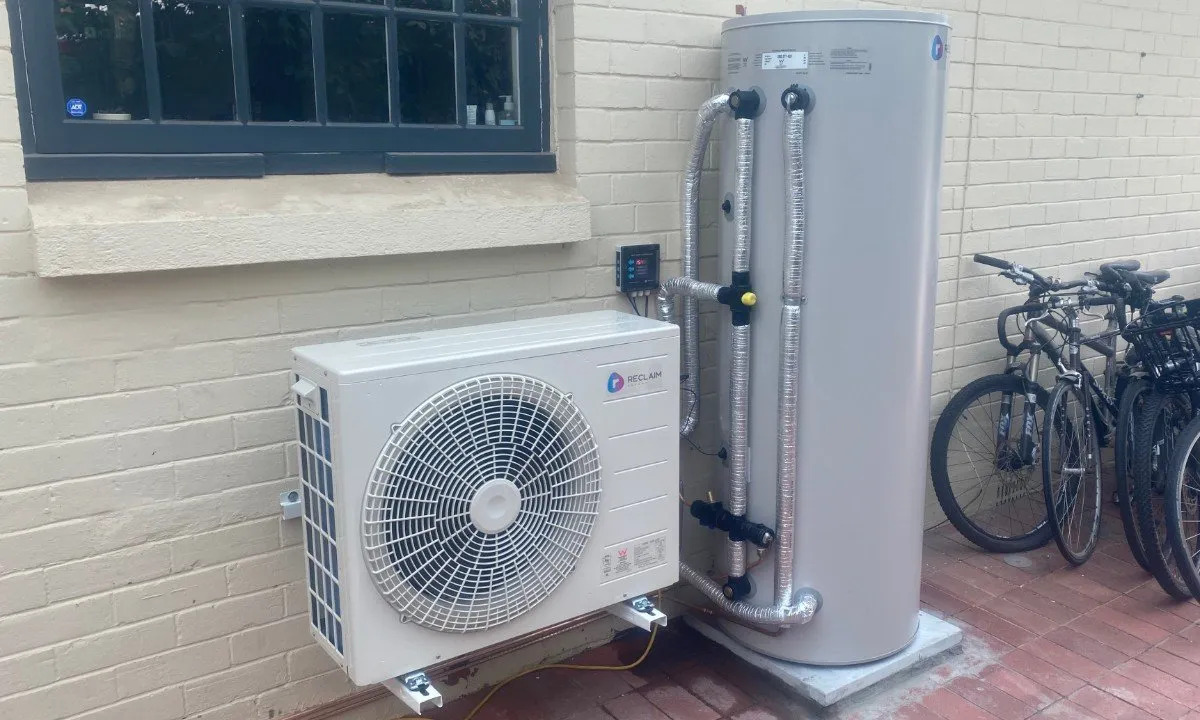

0 thoughts on “How To Heat A Room Without A Space Heater”